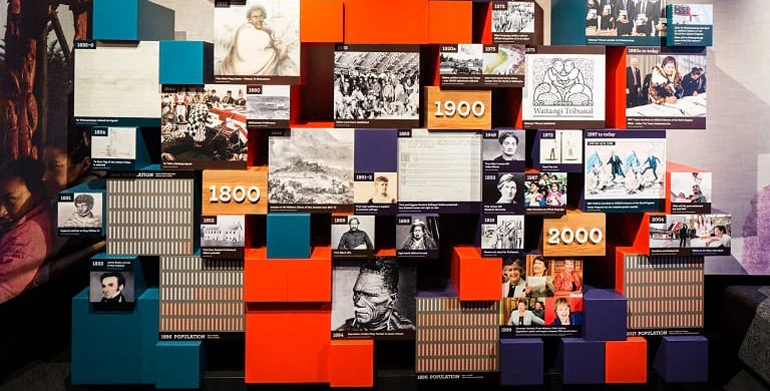A petition: Women’s Suffrage Petition
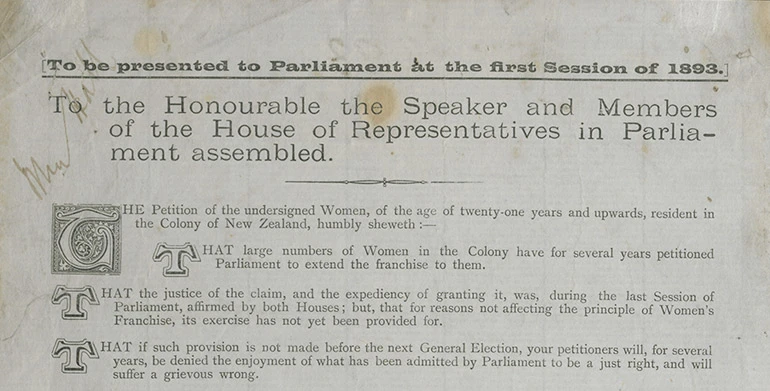
The Women’s Suffrage Petition — Te Petihana Whakamana Pōti Wahine led to New Zealand becoming the first country in the world where all women gained the right to vote in general elections. Thanks to the women who created, organised and signed the petition.
She signed: Kate Sheppard
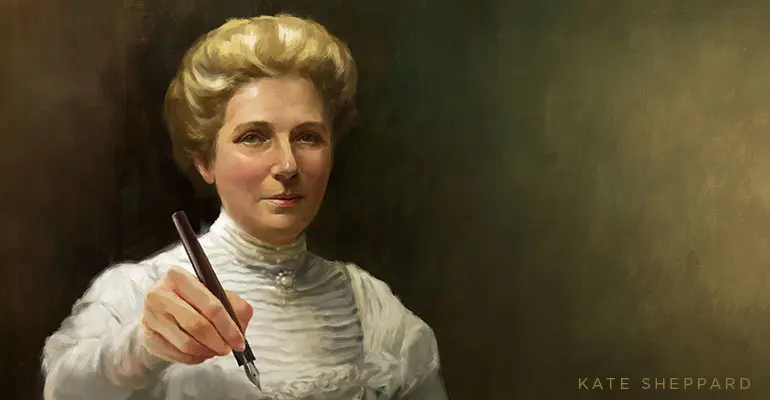
Kate Sheppard | 1847–1934 All rights reserved.
New Zealand’s best-known suffragist, Kate Sheppard was born Catherine Wilson Malcolm in Liverpool in 1847. She became involved in the women’s suffrage movement after meeting Mary Leavitt, a delegate from the American Woman’s Christian Temperance Union in 1885.
Kate was a founding member of the New Zealand branch and was tasked with co-ordinating the local unions and franchise supporters. By 1893 she was at the forefront of the campaign resulting in the signing of the suffrage petition and the passing of the Electoral Act on 19 September.
The granting of the vote to women in New Zealand was only the beginning of Kate’s political work. In 1894 she travelled to London to support the English suffragists. She continued to work with the National Council of Women and in 1923 she was made a national life member of the organisation.
1893
Ka tuku pōti ngā tāne katoa mai i te tau 1879. Waihoki e hiahia ana te hunga wahine ki te tuku pōti kia rangona ai te reo a ngā wāhine ki rō pāremata.
Koia tētehi tino hiahia a te rōpu whai whakamana wahine i te rau tau tekau mā iwa.
The year of the “monster”
1893 was an election year. The suffragists organising the Petition knew that if the law was not changed before the election they would have to wait, at the very least, 3 more years for women to vote.
Similar petitions had been presented to Parliament in 1891 (signed by about 9,000 women), and 1892 (signed by about 20,000). The 1893 petition was, in the words of its main organiser Kate Sheppard, “a monster”.
Combined with a number of smaller petitions, it had nearly 32,000 signatures representing almost a quarter of all adult women in the country.
Kicking down the door
Mātakitia te kōrero mō te Petihana Whakamana Pōti Wahine, me te whakaaturanga i tēnei ki mua i te aroaro o te Whare Pāremata.
Watch the story of the Women's Suffrage petition and how it got presented to Parliament.
Tireless volunteers
A highlight from the He Tohu exhibition
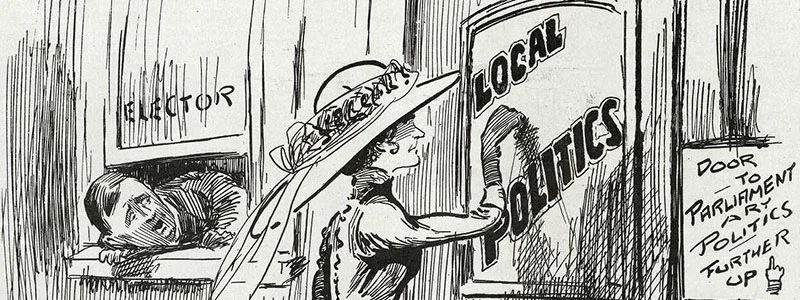
Even in back lanes and alleys, resolute-looking female members of the committee present themselves at every door, with petition in hand, and volubly explain their mission. Their enthusiasm is infectious.
— The Auckland Star, 1893
Image: Behold, she stands at the door and knocks, 1913. H-712-009
A radical notion
A highlight from the He Tohu exhibition
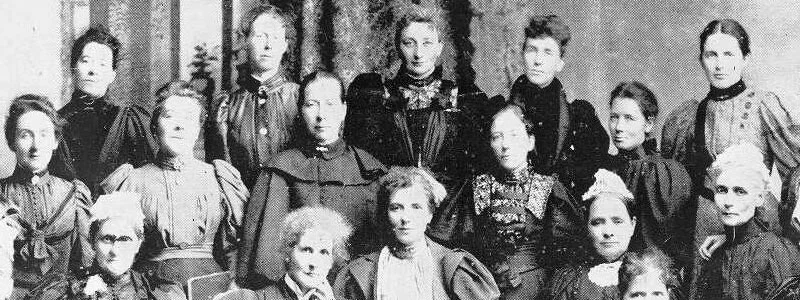
‘Person’ includes woman.
— Electoral Act, 1893 (Definitions)
Image: National Council of Women, Christchurch, 1896. 1/2-041798-F
Get into the Petition’s past and present
Women's Suffrage Petition — Archives New Zealand
He Tohu Rangatira - Māori Women & the 1893 Suffrage Petition — Archives New Zealand
The definition of a woman in 1893 — Archives New Zealand
Search the signatories — NZHistory
Explore our resources for schools
Explore He Tohu with your students
Come explore He Tohu
In He Tohu you can see the original Suffrage Petition as well as the original He Whakaputanga and Te Tiriti.
Explore the stories of the Women's Suffrage Petition, and get to know the people who signed the document.

